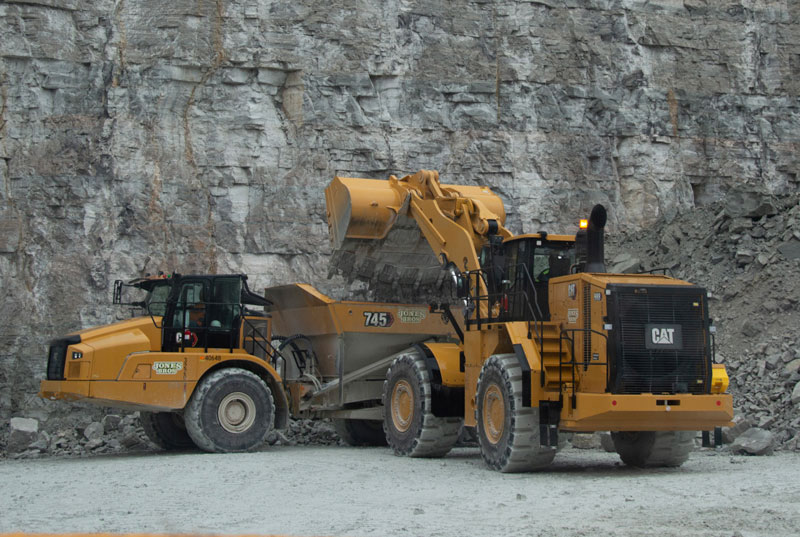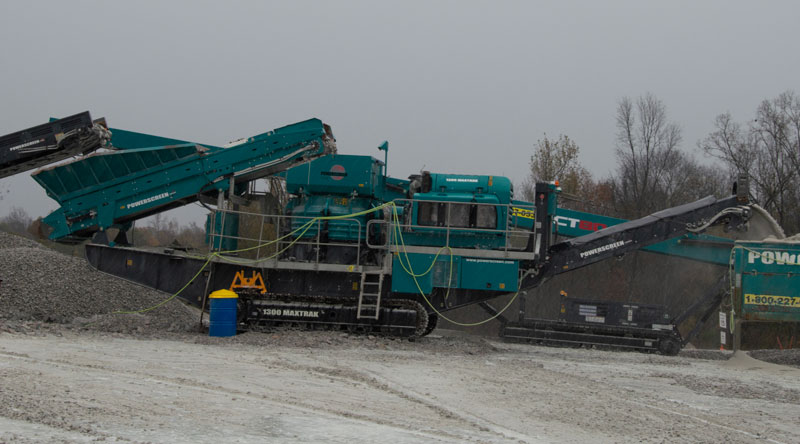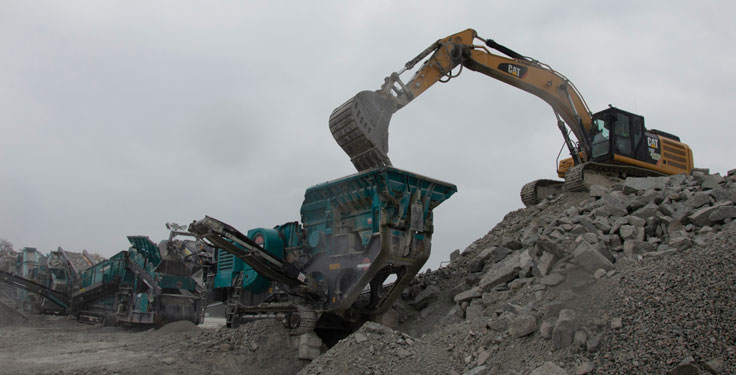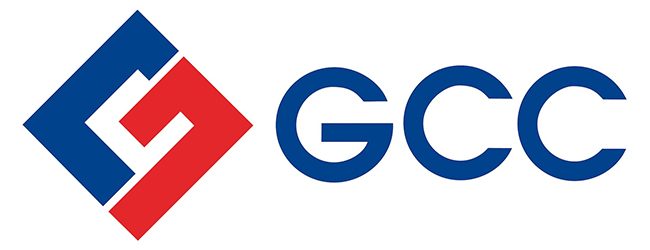Jones Bros has a long history in Tennessee – one that traces back nearly 80 years – but the company is still relatively new to aggregate production.
Specializing in heavy highway and civil construction, Jones Bros opened the Parsons Quarry as its first aggregate operation in 2021. The site in west Tennessee became operational a year later with the goal of self-supplying materials for two projects.
One project in Henderson County involved the construction of a bypass. The other was a large-scale resurfacing job in Madison County.
With those jobs secured, Jones Bros’s owners aimed to source the aggregates required for them internally. To do so, they identified a property in Parsons, Tennessee, that Jones Bros could develop to serve the company’s downstream materials needs.
Although an 18-month permitting process impeded Jones Bros’s ability to fully supply aggregates for the projects, the Parsons Quarry got the necessary approvals from the Tennessee Department of Transportation (TDOT) to provide materials for the remaining portion of both.

Both the bypass and the resurfacing project were completed in 2023. As the Parsons Quarry contributed to those major jobs that year, it also grew its outside customer base considerably after starting the year with just two accounts.
The operation’s growth with outside customers continued in 2024, and it has good momentum in place as 2025 gets underway.
“The quarry has been able to take advantage of some of the growth in the marketplace,” says Jason Waddell, group manager of aggregate operations, referring to the west Tennessee market. “
Because the Parsons Quarry shows promise, company leaders are pursuing the addition of a second site in Middle Tennessee. Waddell says Jones Bros’s contracting presence in that region is more prominent than its stake in west Tennessee, so opportunities are aplenty to further supply aggregates in-house.
“We are looking at greenfielding other sites, with one in the mix that we’re hoping to get through the permit process by the end of [2024],” Waddell says. “We have other sites located for potential growth that have yet to go through the environmental or regulatory side of the process.”
Getting started
The Parsons Quarry remains Jones Bros’s lone aggregate operation, but successfully getting the site up and running should prove useful as the company aims to expand elsewhere.
One lesson Waddell learned through his early Parsons Quarry experience is that quarry development processes typically take longer than expected. Still, as the idiom goes: you learn by doing.
“The very first schematic Jones Bros got was to put up a fixed plant – a 700,000-ton plant,” Waddell says. “They wanted to take advantage of the power that was available from the local power company.”
After Waddell arrived at Jones Bros in 2022, the plan changed.
“We finished the transformer project, but we were behind supplying ourselves on the two DOT projects, so that was put on the back burner,” says Waddell, whose previous industry stops included 15 years at Martin Marietta and three years at Rogers Group. “We focused on trying to figure out the right combination of what we called the ‘four Ps’ at the time: people, plant, pugmill and pit – and that’s the order we worked in.”

Through its quarry development process, Jones Bros sought answers to key questions in these areas.
“Do we have the right people to get us through these two projects, and do we believe we have the right people to not only be satisfied with where we’re at, but to get us over this hump,” Waddell says. “That took a little bit of process.”
Once the right personnel were in place at the Parsons Quarry, company leaders focused on finding the right plant. The right “plant” was actually several Powerscreen machines that Jones Bros organized into a jaw-scalp-cone-screen arrangement that includes a stacker at the very end.
“That’s currently what we run, and as every year has passed and we find out a little bit more about how the market is willing to work with us – and as we’re accepted into the market – we continue to see growth,” Waddell says. “We’re pushing our production capacity and adding to it every year.”
Coming to terms on a plant arrangement left Jones Bros seeking answers related to pug base and its pit.
“We had 120,000 tons of pug base we had to put in,” Waddell says. “That’s limestone with water added to it. It’s mixed, so that way when it gets on-site it reaches compaction and TDOT does their tests. That was the third area.
“And the thing that took the backseat to everything was essentially pit development, and we’re working through that now,” Waddell adds. “We’ve actually turned a small hole into a pit.”
Another lesson Waddell learned through the experience is that selling a team on the ultimate vision is easier said than done.
“[With] the vision you have, you can say it in word form and tell your team every morning or week what it’s going to be,” he says. “You can say ‘you’re willing it there’ or ‘it’s going to happen.’ But until they see trucks come in and material go out, your passion cannot convince them until they see it with their own eyes.”












